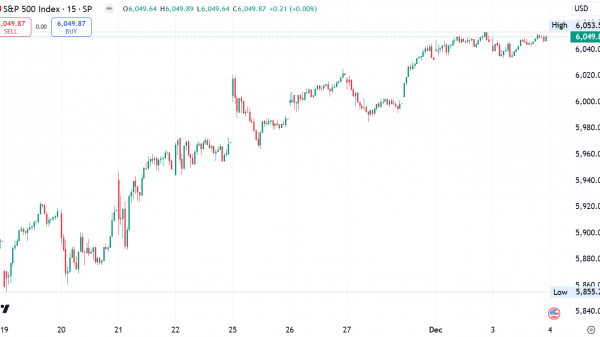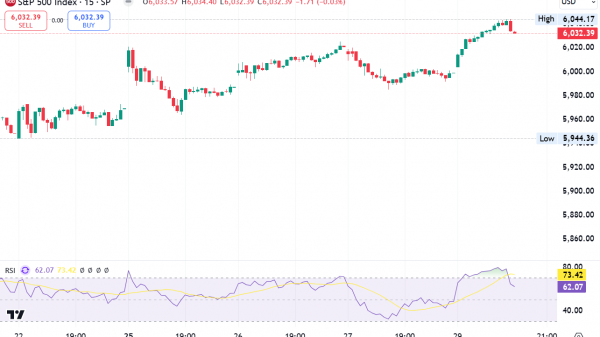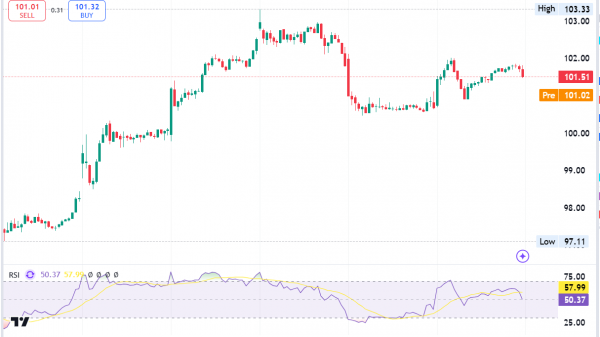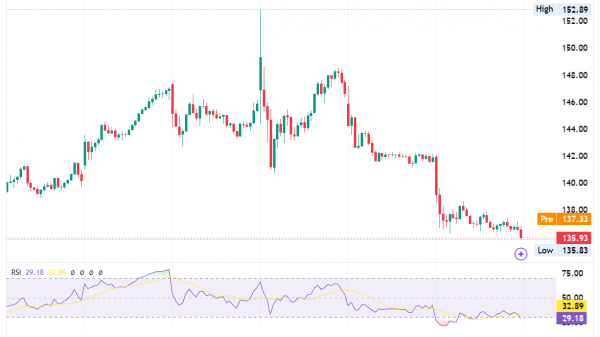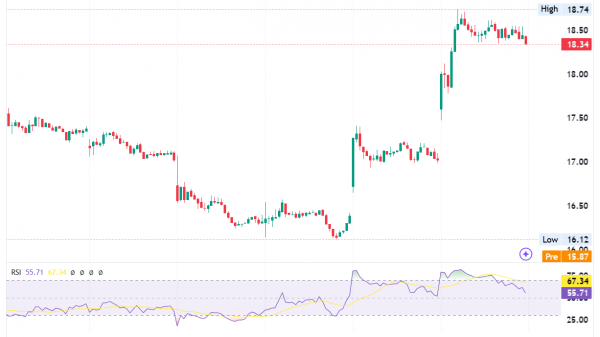Direct vs indirect cash flow – Get the main difference
Key takeaways:
The main difference between direct and indirect cash flow methods is how they capture a company’s cash flow. The direct method tracks specific cash receipts and payments directly, leaving little room for ambiguity, while the indirect method starts with net income and adjusts for non-cash transactions.
When using the direct method, cash flows are reported based on concrete documentary evidence of cash transactions, offering a straightforward and clear view of cash movements.
The choice between direct and indirect cash flow methods should align with your organization’s financial reporting and analysis objectives. The direct method is more precise and suitable for organizations seeking clarity in their financial reporting, while the indirect method provides a more abstract, accrual-based interpretation. Each method has its strengths and weaknesses, and the decision should match your specific needs.
Have you ever thought about what are the Direct vs indirect cash flow differences and similarities? Are you into learning more about the cash flow reporting standards and methods, the advantages of the direct cash flow method and much more?
First, businesses closely monitor their financial metrics to create comprehensive statements, which involve adjusting the indirect cash flow statement. When selecting the right method between direct and indirect, understanding these adjustments is essential.
Let’s get the Direct cash flow statement definition before moving on to the direct vs indirect cash flow statement analysis, shall we?
What is the direct cash flow statement exactly?
The cash flow statement, made ready using the direct method, stands out due to its distinct approach that focuses on tracking actual cash inflows and outflows directly related to a company’s day-to-day operations.
This approach diverges significantly from accrual accounting principles, where revenue is recognized when earned, not necessarily when payments are received. This fundamental difference underscores one of the key distinctions between the direct and indirect methods of cash flow reporting.
When using the direct method to construct a cash flow statement, the reliance relies on cash receipts and concrete documentary evidence to pinpoint the exact moments when cash transactions occur.
A straightforward method
This method yields a straightforward, easily understandable document outlining cash receipts and payments. Determining the net cash flow is as simple as subtracting total cash payments from total cash receipts.
The direct method shows clear and accurate information about cash movements by directly following cash transactions. It is different from the indirect method, which uses a more abstract approach based on accruals.
The example of the direct cash flow method
Lowry Locomotion’s Statement of Cash Flows (Direct Method) for the year ending 12/31/x1:
Operating Activities:
– Cash Receipts from Customers: $45.8M
– ($29.8M)
– Cash Paid to Employees: ($11.2M)
– Net Cash from Operations: $4.8M
Interest Paid: ($310,000)
Income Taxes Paid: ($1.7M)
Net Cash from Operating Activities: $2.79M
Investing Activities:
– Purchase of Property, Plant, and Equipment: ($580,000)
– Proceeds from Sale of Equipment: $110,000
– Net Cash Used in Investing Activities: ($470,000)
Financing Activities:
– Proceeds from Issuance of Common Stock: $1M
– Proceeds from Issuance of Long-Term Debt: $500,000
– Principal Payments under Capital Lease Obligation: ($10,000)
– Dividends Paid: ($450,000)
– Net Cash Used in Financing Activities: $1.04M
– Net Increase in Cash and Cash Equivalents: $3.36M
– Cash at Beginning: $1.64M
– Cash at End: $5M
Mollification of Net Income to Net Cash from Operations:
– Net Income: $2.67M
– Adjustments: $125,000
– Net Cash from Operations: $2.79M
What is the indirect cash flow statement?
Regarding the indirect cash flow statemen, when choosing between direct and indirect methods, the indirect cash flow statement necessitates adjustments to reconcile the net income with the cash generated or used in a period. It’s crucial to consider indirect cash flow statement adjustments, as well.
These adjustments can make it more complex and less intuitive than the direct method. While the indirect method begings with net income, the direct method begins with cash transactions.
When choosing between direct and indirect methods, the decision-making process hinges on understanding these differences and the adjustments needed to prepare a comprehensive cash flow statement tailored to your specific financial needs.
Indirect cash flow statement example
For example, Lowry Locomotion’s statement of cash flows (year ended 12/31×1) using the indirect method is as follows:
Lowry Locomotion Cash Flows (Year Ended 12/31×1)
Operating Activities:
– Net Income: $3,000,000
Adjustments:
– Depreciation and Amortization: $125,000
– Losses on Accounts Receivable: $20,000
– Gain on Sale of Facility: ($65,000)
– Subtotal Adjustments: $80,000
– Changes in Working Capital:
– Increase in Trade Receivables: ($250,000)
– Decrease in Inventories: $325,000
– Decrease in Trade Payables: ($50,000)
– Subtotal Changes in Working Capital: $25,000
– Cash from Operations: $3,105,000
Investing Activities:
– Purchase of Property, Plant, and Equipment: ($500,000)
– Proceeds from Equipment Sale: $35,000
– Net Cash Used in Investing: ($465,000)
Financing Activities:
– Issue of Common Stock: $150,000
– Issuance of Long-Term Debt: $175,000
– Dividends Paid: ($45,000)
– Net Cash Used in Financing: $280,000
Net Increase in Cash and Equivalents: $2,920,000
Cash and Equivalents, Start: $2,080,000
Cash and Equivalents, End: $5,000,000
Direct vs indirect cash flow analysis
Suppose you were thinking about the main Differences between direct and indirect methods. In that case, it’s crucial to know the following: The key divergence between these two methods lies in how they capture a company’s cash flow.
The cash flow analysis using the direct method focuses on pinpointing specific changes in cash receipts and payments, all of which are directly and explicitly reported in the cash flow statement.
This method leaves little room for ambiguity as it directly tracks cash movements. Quite contrarily, the indirect cash flow method takes a somewhat different route.
It commences with the net income figure and subsequently adjusts it by adding or subtracting changes from non-cash transactions.
Conclusion
The primary factor in choosing between direct and indirect cash flow is determining which method best aligns with your organization’s financial reporting and analysis objectives.
The decision should be based on the clarity and specificity required in financial reporting, with the direct method offering a straightforward view of actual cash transactions and the indirect method providing a more abstract, accrual-based interpretation.
Every single method has its strengths and weaknesses, and the choice should reflect the degree of precision necessary to fulfil your financial analysis goals.
The post Direct vs indirect cash flow – Get the main difference appeared first on FinanceBrokerage.
















